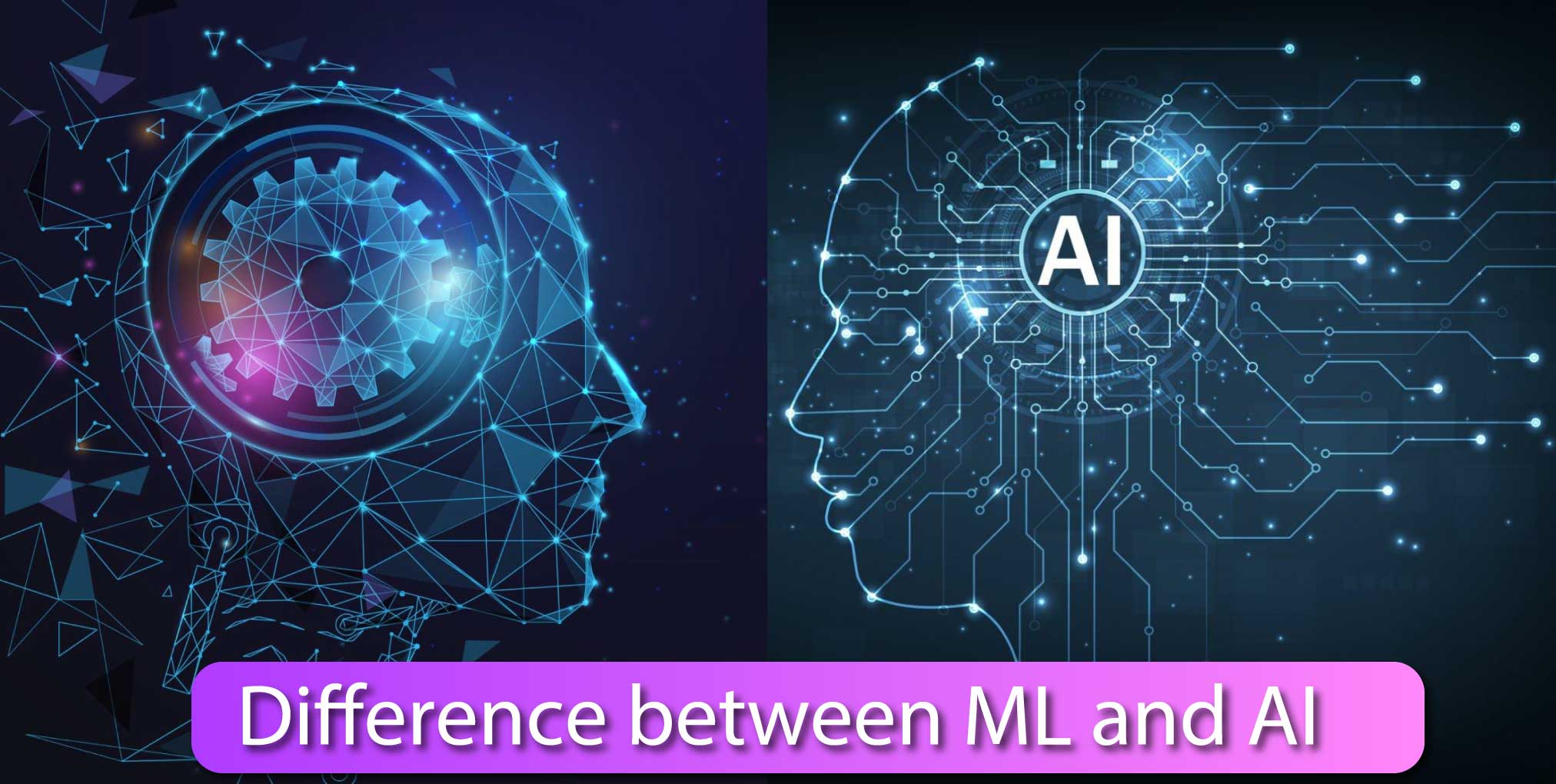Yeni yıl sürümü olan Bahsegel güncel giriş bahis dünyasında heyecan yaratıyor.
Machine Learning vs Artificial Intelligence
The term artificial intelligence (AI) refers to a broad category of computer programs that mimic human cognitive capacities to do complicated tasks and learn from them. Artificial intelligence is a subset of machine learning. Creating statistical models and algorithms is the main goal of ML. It enables systems to gradually get better at a particular activity.
Currently, machine learning is the foundation for most AI, which is why both phrases are often used interchangeably. It’s critical to realize that artificial intelligence (AI) uses computer programs to simulate thinking like humans. ML is only one approach to this. A key element that allows systems to learn from and adapt to data is machine learning.
In a similar vein, let us to discuss the distinctions between artificial intelligence and machine learning, specifically deep learning. Deep learning, a subset of both AI and ML, is a specialized type of machine learning that models complicated patterns using neural networks.
What distinguishes AI from ML, therefore, and how do they relate to one another? Let’s talk about each of these ideas separately.
Importance of Machine Learning
What makes machine learning crucial? Using the potential of data to improve decision-making and create predictions requires machine learning. Businesses may effectively find hidden trends and enhance consumer experiences by leveraging machine learning.
Machine learning may also be used to train chatbots and provide helpful customer service. It assists with streaming platform movie recommendations and identifies financial transaction fraud. This technology includes money, healthcare, and technology.
Differences between AI and ML

Scope:
ML is primarily concerned with developing algorithms that can learn from data. It has applications in various domains, including:
- Data analysis
- Image and speech recognition
- Recommendation systems, and more.
AI aims to create systems that can perform various tasks, often involving complex reasoning and decision-making. These tasks include:
- Understanding and generating human language
- Recognizing and interpreting visual data
- Playing strategic games
- Robotics.
Learning vs. Intelligence:
Machine learning (ML) centers on leveraging data to enhance performance on certain tasks. It doesn’t always need comprehension or logic.
The goal of artificial intelligence (AI) is to give computers “intelligence” like to that of humans, which includes the capacity to comprehend, reason, and adjust to a variety of tasks—often in a way that makes sense to people.
Human-like Cognition:
With the goal of imitating human cognition and problem-solving, artificial intelligence (AI) occasionally tackles challenges such as computer vision, natural language interpretation, and decision-making.
Depending on the particular algorithms and data employed, machine learning (ML) can occasionally reach human-like cognition despite its spectacular achievements.
Flexibility:
Another distinction between machine learning and artificial intelligence is flexibility. Because of their flexible nature, artificial intelligence systems may perform a variety of jobs across several disciplines. This adaptability results from integrating different AI strategies with the capacity to reason and use information in a range of contexts.
In contrast, machine learning models are usually created for particular domains or tasks. Although they need retraining to handle new applications, they are excellent in those areas.
Dependency and Decision-Making
ML draws judgments mostly on the basis of patterns seen in structured data.
Conversely, AI is able to make more independent judgments by taking into account a variety of factors other than only pre-established patterns.
Comparing machine learning with artificial intelligence reveals that while AI is more flexible, ML is more task-oriented. When implementing these technologies in diverse real-world scenarios, these distinctions are essential.
Adaptability
As ML models come across additional data, they may adjust and perform better. Their capacity to adapt is usually restricted to the particular task for which they were educated.
Artificial intelligence (AI) systems are intended to be more versatile and able to perform a wider range of activities. They frequently incorporate a variety of tools and methods, including machine learning.
Advantages of Using AI and ML:
Organizations may benefit greatly from the integration of machine learning and artificial intelligence. Intelligent systems are essential for allowing businesses to automate processes as data complexity increases.
The following are some of the main commercial benefits of utilizing machine learning and artificial intelligence together:
Broader Data Utilization:

By combining artificial intelligence and machine learning, businesses may leverage more organized and unstructured data sources. A deeper comprehension of patterns is provided by this thorough data analysis.
Expedited Decision-Making:
By improving data quality and accelerating data processing, AI and ML help decision-making processes become more informed and efficient. For firms, this enhanced decision-making efficiency has the potential to be revolutionary.
Operational Efficiency:
The application of AI and ML technologies lowers costs by increasing operational efficiency. These technologies can automate repetitive work, enhance resource allocation, and simplify procedures.
Analytics Integration:
Through the seamless integration of predictive analytics and insights into corporate reporting and apps, AI and ML empower employees. Employees may thus take use of actionable information and make data-driven decisions.
Conclusion
To sum up, this blog has emphasized the distinctions between machine learning and artificial intelligence. The key to making sense of the complex world of AI and ML is to comprehend these distinctions.
A branch of artificial intelligence that focuses on data-driven activities is called machine learning. The objective of artificial intelligence is to reproduce human-like intellect in a variety of activities by utilizing a wider range of methodologies and approaches. Businesses hoping to leverage AI and ML effectively must understand the differences between these two ideas.



There is definately a lot to find out about this topic.
I really like all the points you’ve made.